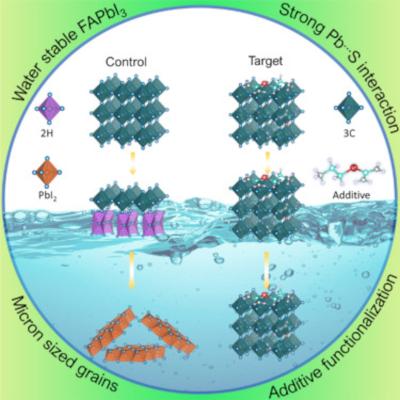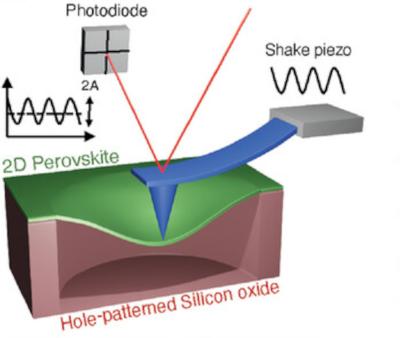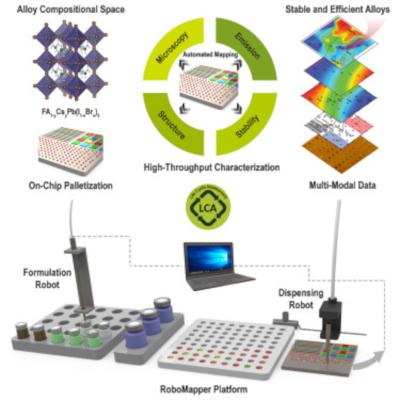Hyundai Motor Group unveils silicon/perovskites tandem solar cells for future mobility applications
South Korea’s automotive giant, Hyundai Motor Group, recently unveiled several new nanotechnologies for future mobility at the Nano Tech Day 2023 event in Seoul.
Besides inventions like a “self-healing polymer coating” that enables the car to repair its own scratches, perovskite/silicon tandem solar cells were also introduced. It was said that Hyundai Motor Group believes that by applying tandem solar cells to areas that receive direct sunlight, such as the engine compartment cover, top panel, and doors of eco-friendly vehicles, it will be possible to generate enough electricity for daily driving.






